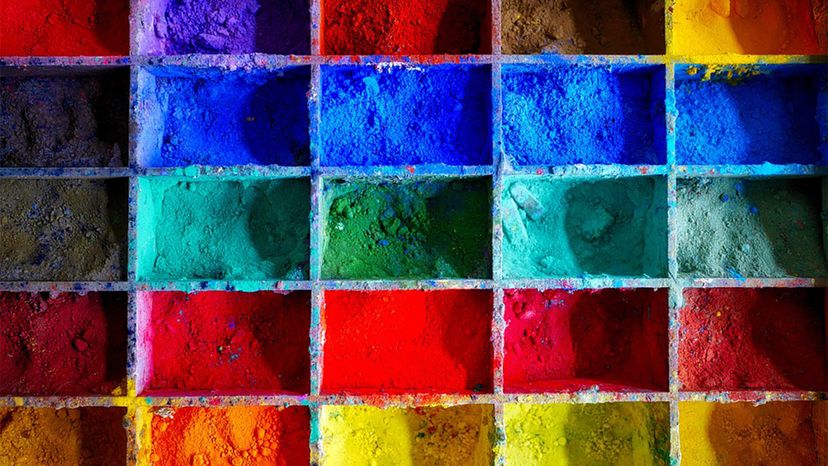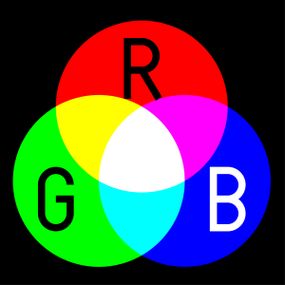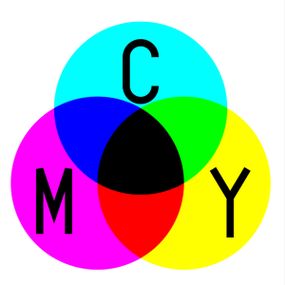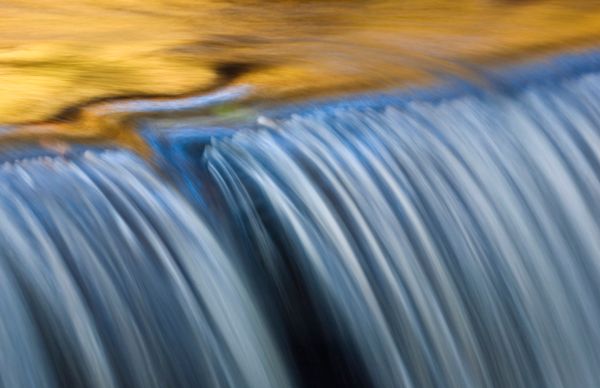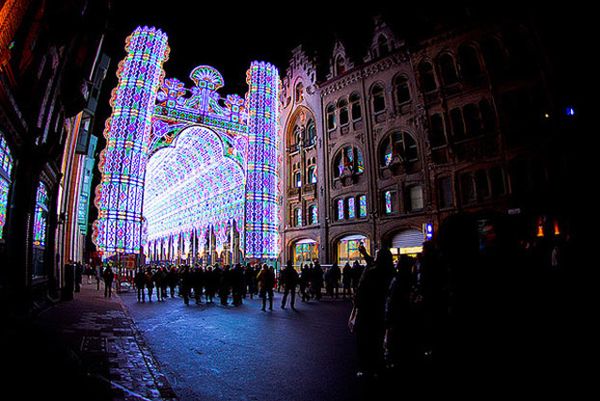Now it's time for a major primary color revelation. Take it away, Westland.
"It turns out that if we use three primaries, the best ones to use are cyan, magenta and yellow," Westland says. "Note that these are the primaries that have been identified by the large printing companies who will use CMY (and often black as well) in their commercial devices to make a large range of colors. The idea that the subtractive primaries are red, yellow and blue (RYB) is confusing and should not be taught. It would be wrong to think that cyan and magenta are just fancy names for blue and red."
It's shocking, but true: The names we've been using for our primary colors when it comes to paint chips? Totally wrong.
"The subtractive primaries are really cyan, magenta and yellow," Fairchild says. "The names 'blue' for the 'cyan' and 'red' for the 'magenta' are typically misnomers. Other colors can be used as primaries, but they will not produce as wide a range of color mixtures."
The reason behind these inaccurate terms? Light.
"The yellow primary controls the amount of blue light reaching our eyes," Fairchild says. "A small amount of yellow primary removes a small amount of blue light from the original white stimulus (e.g. white paper in printing or a white canvas), while a larger amount of yellow light removes more blue light. The magenta primary controls the amount of green light and, finally, the cyan primary controls the amount of red light. The subtractive primaries do this by absorbing different amounts of red, green and blue, while the additive primaries simply emit different amounts."
It's all about controlling the amounts of red, green and blue light.
What's the Deal With This Misconception?
Westland offers a scholastic example to illustrate the rampant misconception around primaries. "Imagine you are teaching colour science at school and you explain that the additive primaries are RGB and that the subtractive primaries are RYB," he says. "A particularly bright student asks you: 'Why are two of the primaries the same in both systems (R and B) but the G in the additive system is replaced by the Y in the subtractive system?' This is a horrible question because it has no rational answer."
To put it simply, the reason for the lack of rationale is that, as we've discussed, red, yellow and blue aren't the real subtractive primaries at all — magenta, yellow and cyan are.
Teaching About the Relationship Between Primaries
"It turns out that RYB is in fact a particularly poor choice of subtractive primaries," Westland says. "Many of the mixtures that are produced are dull and desaturated and consequently, the gamut of colours you can produce will be small. What you should teach is that there is a clear relationship between the additive and subtractive colour primaries.
"The optimal additive primaries are RGB. The optimal subtractive primaries are cyan (which is red absorbing), magenta (which is green absorbing), and yellow (which is blue absorbing). Now, there is no conflict between the two systems and, in fact, it can be seen that additive and subtractive primaries are almost mirror images of each other. The best subtractive primaries are CMY because the best additive primaries are RGB."
So, if cyan, magenta and yellow are the real primaries when it comes to tactile objects, why does just about everyone on the planet still think the honor belongs to red, blue and yellow?
"Well, partly because they are incorrectly taught this from their first days at school," Westland says. "But also because it seems intuitive. It seems intuitive because people believe the following: 1) That it is possible to make all colours by mixing together three primaries, and 2) That the primaries are pure colours that cannot be made by mixing other colours."
Wait, those beliefs are wrong?
